Chick to Chicken
The time it takes for a chick to attain maturity depends on the breed of each chicken. But it happens surprisingly fast. Chicks can take from 7 weeks to 18 weeks. The big gap is due to selective breeding techniques that aim for fast production to meet commercial needs.
An average chick that is allowed to grow at its own pace without having been genetically bred or modified to grow faster will take about 12 months to become a fully grown chicken.
But broiler chickens are designed to grow quickly and are considered full-grown in just 48 days. Whether they are fully mature by this time is questionable, but in size and their weight, they have reached the age to be slaughtered and sold in the market.
Typically chickens that are raised for meat reach full size in 6 to 12 weeks. Broiler –Fryers can be slaughtered for meat at seven weeks. Roasters in 3 to 5 months. Baking or Stewing hens are ready for slaughter at 10 months. And male chickens called capons are ready at 16 weeks to 18 months.

Why do some chickens grow faster than others?
There are many procedures used by chicken breeders to make them grow unnaturally fast. One method is by genetic selection. The chickens that are the biggest in size are selected and bred to create a new species of chicken that attain a large size within a few days. It took scientists 45 years to perfect the broiler that feeds millions of people today. These chickens have excellent growth rates and feed conversion as a result.
Additionally, aspects like being fed grains, the type of grain, and how much of effects the growth rate of a chick. The diet of broilers typically includes specific nutrients that boost their growth. It consists of corn, enzymes, vitamins, minerals, and soybean meal.
It also depends on whether they are imprisoned in battery cages or allowed to roam free. Birds that don’t have much space for movement grow and gain weight faster because they don’t spend energy through exercise. They also tend to overeat.
But pasture-raised chickens that graze all day will take longer to grow to full size as they exercise more. Their muscle fibers are smaller compared to caged chickens.
The right temperature for chickens also affects their speed of growth. A too-high a temperature will cause them to eat less, and a too-low a temperature will cause them to lose fat in trying to keep warm. A perfect temperature for chickens could be 20 degrees.
Layer chickens take more time to mature than broilers and start laying eggs from 18 to 22 weeks. Please refer to this article for more information on layer chickens.
Parasites like mites, lice, and worms, and diseases also affect the health and growth of chickens.
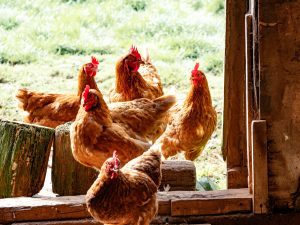
The life cycle of a chick
Chicks begin their lives in eggs. Within 21 days after a hen lays her egg, chicks hatch and take 4 to 12 hours to release from the egg completely. The tiny adorable little chicks come out wet but dries in a few hours. Chicks are not capable of regulating their own body heat, so they must be kept in a heat source for 8 weeks. After this, they are slowly able to maintain their own body temperatures. By 3-6 weeks, they begin growing their feathers and sport deep red combs and wattles.
The maturity of a chicken is determined by its ability to mate and reproduce. Roosters start to mate at 4 months of age, and hens at 6 months. Chickens grow slowly until six months of age and continue to grow quite fast until 12 months. The life expectancy of an average chicken is between 8-10 years, depending on their living conditions.
The History of Chickens
The modern chickens came from jungle fowls. The life expectancy of these fowls were a meager 3 to 4 years. By interacting with humans and being modified by them, they changed. This has led to the development of two different types of birds; Heritage and Hybrid chickens. Heritage hens are very similar to the birds of origin. They grow slowly and can live up to 8 years.
Hybrid chickens are ones that have been modified by humans to increase commercial productivity. The laying hen’s life is basically over after their two years. When they no longer can lay eggs, they are slaughtered for meat. Keeping them longer will cost farmers excess food. Hybrid hens are also likely to die sooner due to increased egg-making and are vulnerable to reproductive tumors.
Please read this article for more information on the history of chickens.
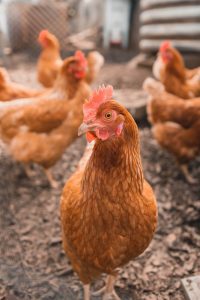
Summary
The growth of chickens takes up to 12 months, depending on their breed. But chickens today are modified to grow faster and reach full size at 48 days. Their growth also depends on many factors like the proper diet, temperature, exercise, genetic selection, and other conditions. Click Here

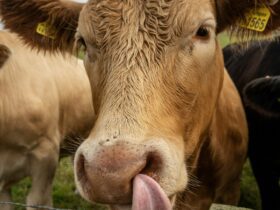
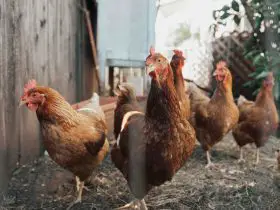
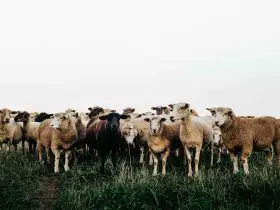
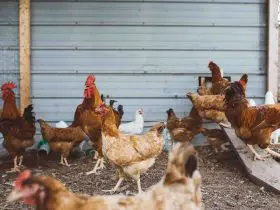
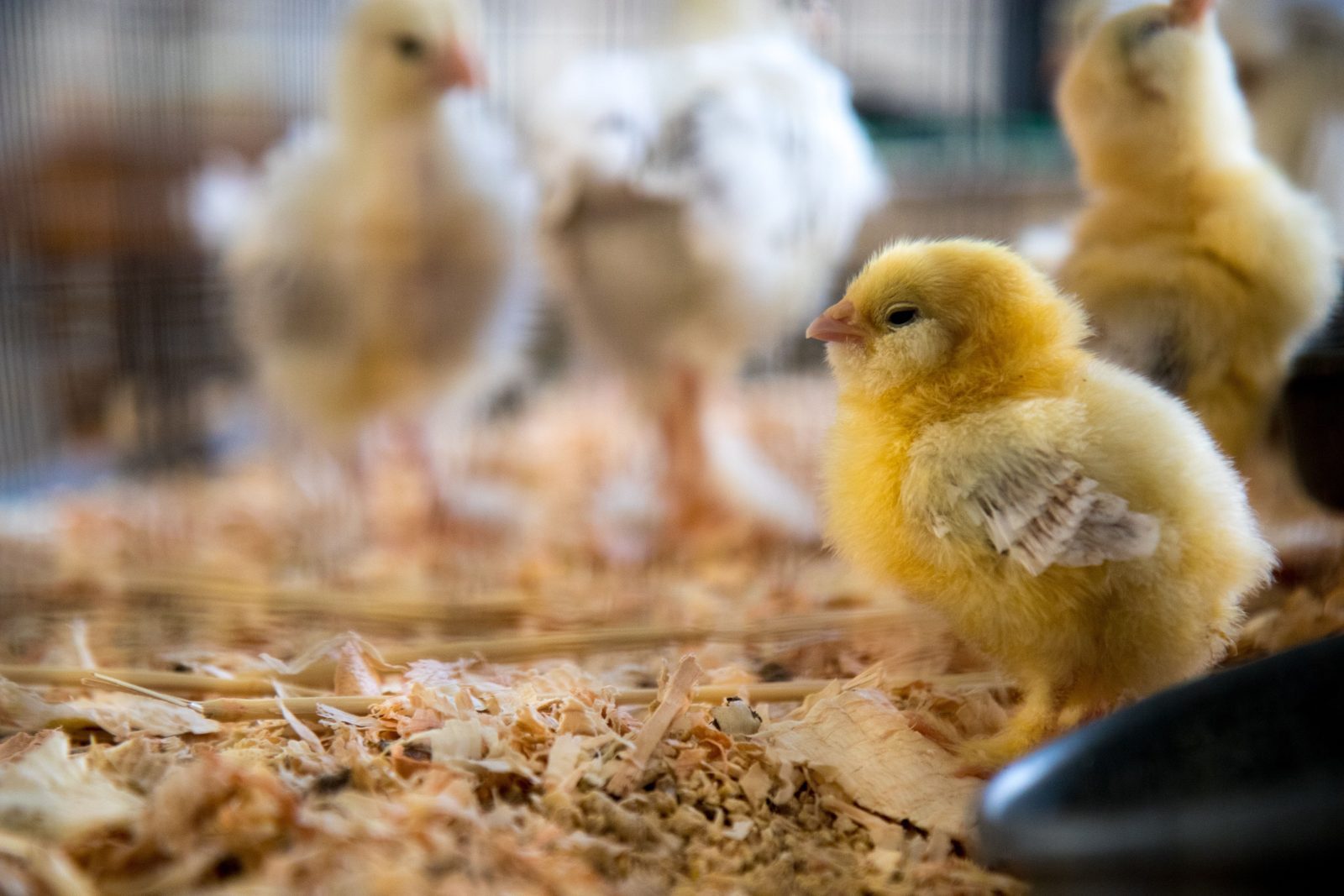
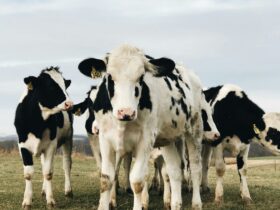

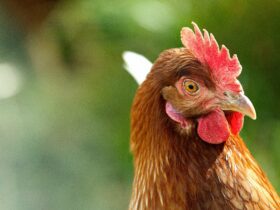



Hello!! Welcome to Anim Farm